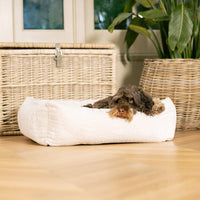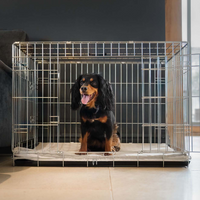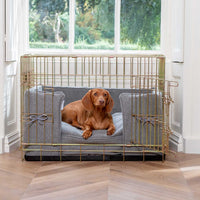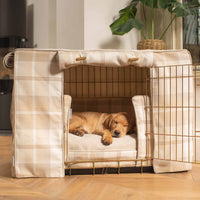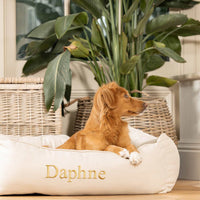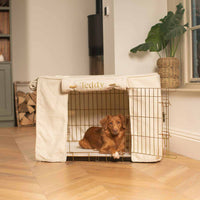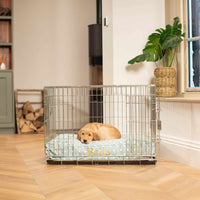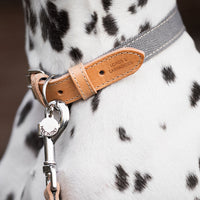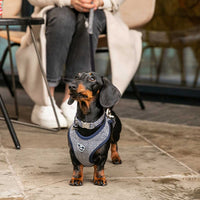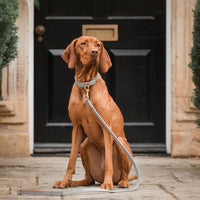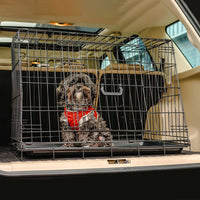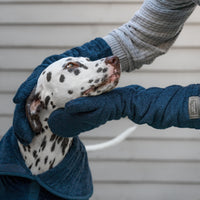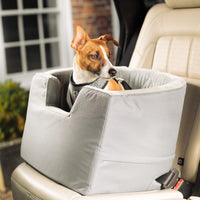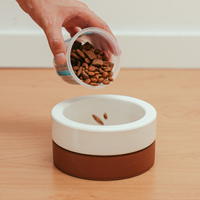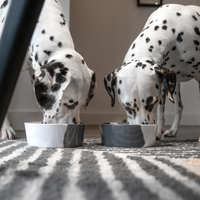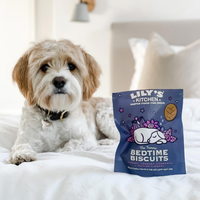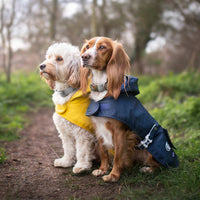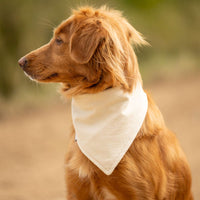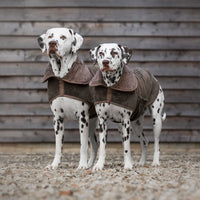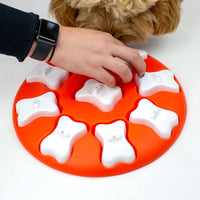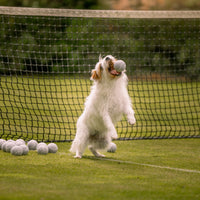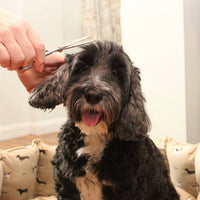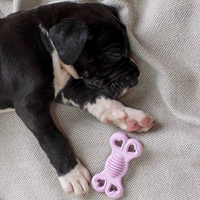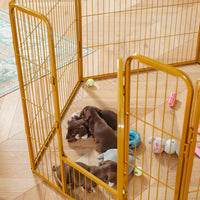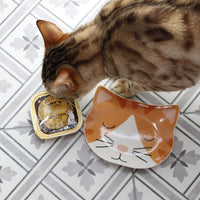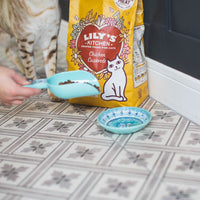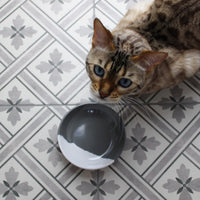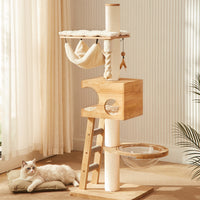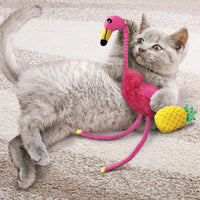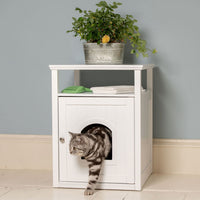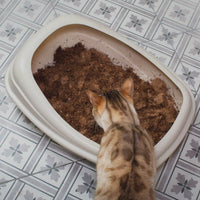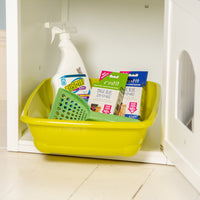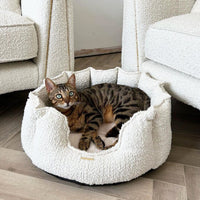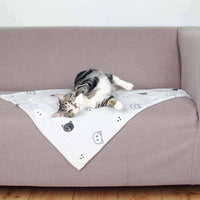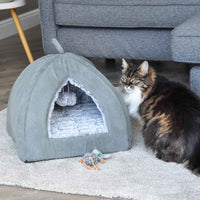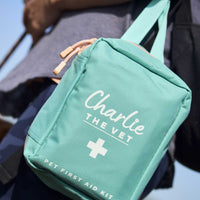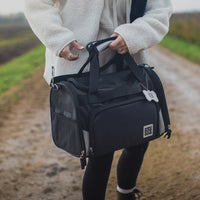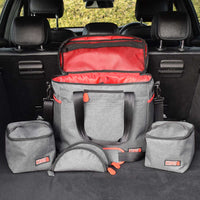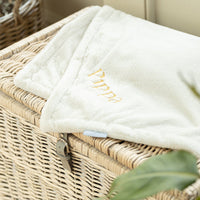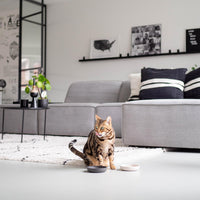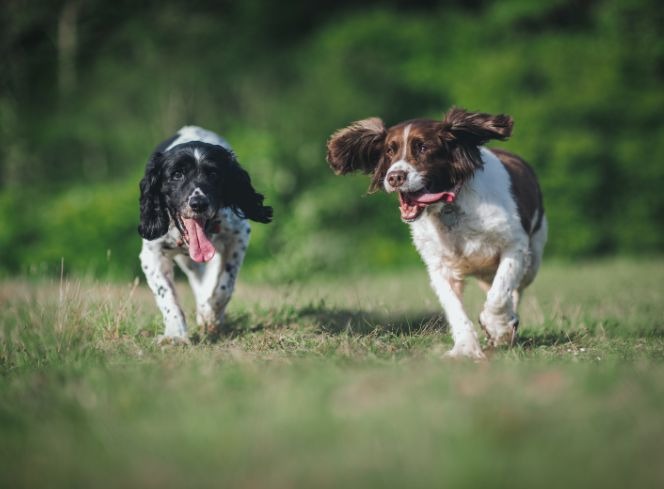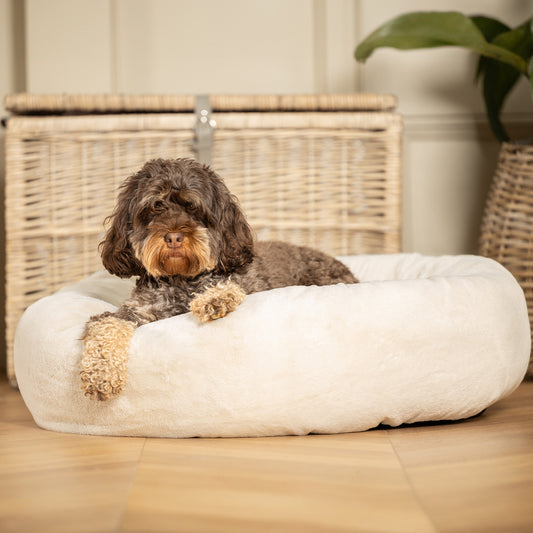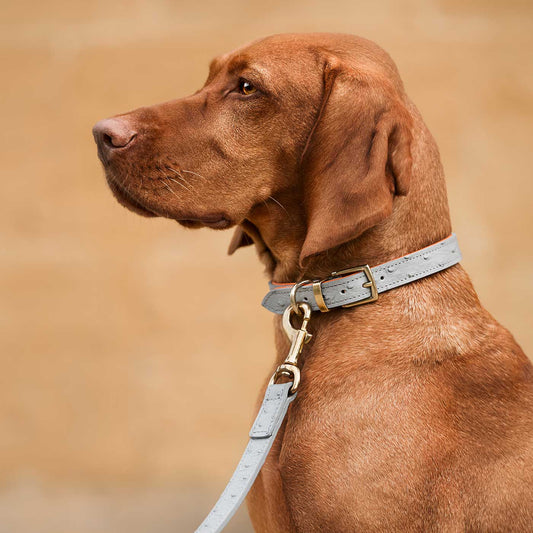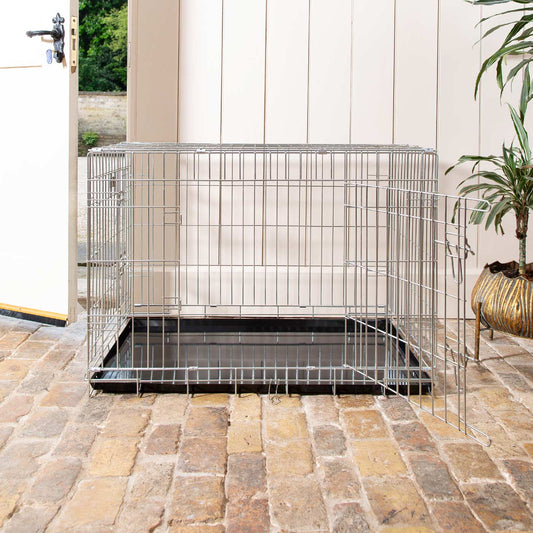Springer Spaniels are renowned for their boundless energy, friendly demeanour, and undying loyalty. If you're considering bringing home one of these delightful dogs or if you already have a Springer Spaniel as part of your family, this ultimate guide is tailored just for you. From their fascinating traits to their specific dietary needs and grooming tips, let's dive into everything you need to know about Springer Spaniels.
Springer Spaniel Facts and Information
The Springer Spaniel originated in England and was bred as a versatile hunting dog, particularly skilled in flushing and retrieving game birds. Springer Spaniels boast a well-balanced and athletic physique, combining strength, agility, and endurance.
Their sturdy build enables them to navigate rugged terrain with ease. They have large, expressive eyes that radiate intelligence and warmth. Their pendulous ears are long and feathered, framing their face and enhancing their charming appearance.
Springer Spaniel Fact File
| Kennel Club Breed Group | Gundog |
| Size | Medium |
| Daily Exercise | 2+ hours a day |
| Coat Type | Medium length smooth coat |
| Coat Colours | Black & White, Black White & Tan, Liver & White, Liver White & Tan |
| Lifespan | 10+ years |
Springer Spaniel Personality and Traits
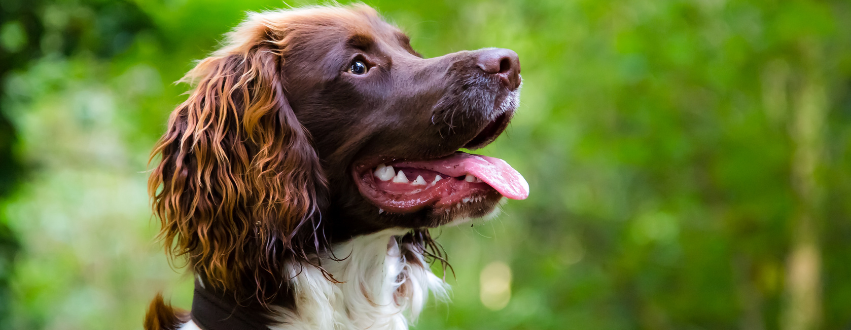
The Springer Spaniel personality is characterised by intelligence, enthusiasm, and a strong desire to please their owners. They thrive on companionship and enjoy being an integral part of the family. Known for their outgoing nature, Springer Spaniels are great with children and other pets, making them excellent additions to households of all kinds.
Their traits include a keen sense of smell, remarkable agility, and an innate ability to retrieve game. These traits make them exceptional hunting companions and adept participants in various dog sports and activities.
Springer Spaniel Health Issues
Like all dog breeds, Springer Spaniels may be prone to certain health issues. Among the most common concerns are hip dysplasia, progressive retinal atrophy (PRA), and ear infections due to their floppy ears that can trap moisture and debris. Regular vet check-ups, proper nutrition, and maintaining a healthy weight can help mitigate these risks and ensure a long, happy life for your Springer Spaniel.
Raising A Springer Spaniel
Raising a Springer Spaniel requires patience, consistency, and plenty of love and attention. Early socialisation is key to helping them develop into well-rounded, confident dogs. Introduce them to various people, environments, and experiences to build their confidence and prevent shyness or fearfulness later in life.
Springer Spaniel Training
Springer Spaniels are highly trainable and eager to learn, making them a joy to train for both novice and experienced owners. Positive reinforcement methods work best with this breed, as they respond well to praise, treats, and playtime as rewards for good behaviour. Make sure to stock up on training treats before your Springer Spaniel comes home!
Obedience training is essential for establishing boundaries and ensuring that your Springer Spaniel understands basic commands such as sit, stay, come, and heel. Consistent training sessions and regular mental stimulation help keep their active minds engaged and prevent boredom-induced behaviours. Interactive toys like the Nina Ottosson range are great for keeping their active minds busy!

Springer Spaniel House Training and Crate Training
House training a Springer Spaniel puppy requires patience and consistency. Establish a regular schedule for feeding, bathroom breaks, and playtime to help them understand when and where it's appropriate to relieve themselves. Crate training can aid in housebreaking by providing a safe and comfortable space for your puppy when unsupervised, our crate training guide has been crafted by our Pet Experts to help walk you through the crate training process!
Exercise Needs of a Springer Spaniel
Springer Spaniels have high energy levels and require ample exercise to keep them happy and healthy. Aim for at least an hour of physical activity each day, which can include brisk walks, jogging, interactive play sessions, and retrieving games. When looking for walking accessories why not explore our collection, we’ve hand selected our range to bring you the best of the best!
Best Food for Springer Spaniels
Providing a balanced diet is crucial for meeting the nutritional needs of your Springer Spaniel. Choose high-quality dog food formulated for their age, size, and activity level, we particularly love the Acana foods for Springer Spaniels as they are both rich in meat and nutrients so keep them in tip top shape!
Best Toys and Accessories for Springer Spaniels
When it comes to toys, Springer Spaniels enjoy a variety of options to keep them mentally stimulated and physically active. Look for interactive toys, puzzle feeders, and durable chew toys to satisfy their natural instincts and prevent boredom. Fulfil their hunting and retrieving instincts with the Nerf interactive dog toy range, we’re certain that your Springer Spaniel will love chasing after the Trackshot duck launcher!
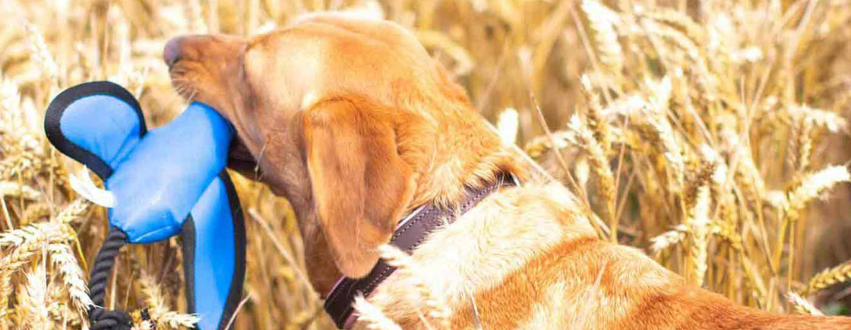
Best Bed for Springer Spaniels
Choose a comfortable and supportive bed that accommodates your Springer Spaniel's size and sleeping habits. In our experience Springer Spaniels usually love a donut bed to curl up in, shop our donut beds here.
Grooming your Springer Spaniel
Grooming your Springer Spaniel regularly helps keep their coat healthy and free of tangles and mats. Brush them at least a few times a week to remove loose hair and prevent shedding. Pay special attention to their ears to prevent infections, and trim their nails as needed to maintain optimal foot health.
If your Springer Spaniels are anything like ours they will be in every patch of water and muddy puddle on your walks so will be mucky pups, the PetPlex dirt defeater range is perfect for them! It’s formulated to clean their coat without stripping all of its natural oils and smells beautiful, perfect for freshening them up in between grooms!
Conclusion
In summary, Springer Spaniels are beloved for their affectionate nature, intelligence, and boundless energy. By understanding their unique traits, addressing their specific needs, and providing proper training and care, you can enjoy a fulfilling and rewarding relationship with your Springer Spaniel for years to come.
Looking to treat your Springer Spaniel? Why not check out our Springer Spaniel collection? It's filled with our top picks to keep your Springer Spaniel's tail wagging, shop now!


